Wine glasses
Fine dining just isn't right without a wine glass. We would even go so far as to say that indeed no dining table is complete without them. But perhaps this is beside the point. Using a sophisticated vessel from which to imbibe wine is rooted in human history.
The shape and design of wine glasses have been determined by the possibilities offered by glass production, by tradition and by respective trends over the centuries. Fine dining began to become more sophisticated in the 18th century, and the wine glasses grew more beautiful accordingly. It was only at the start of the 20th century that the question of wine-drinking physiology and glass shape came to the fore.
In essence, a wine glass consists of the bowl, the stem and the foot. The stem allows the drinker to hold the wine without warming it. The shape of the bowel influences where the liquid flows into the mouth and whether the palate is influenced more by the acid, the fruit or the sweetness. So much for the theory. We have developed our wine glasses under two basic premises: function and shape.
It’s up to you to judge whether a wine glass should follow the current trend for slenderness. Nonetheless, the wine glasses in our MIO and NOBLESSE series are so stable that no dishwasher can harm them. Even so, they are light and rest elegantly in the hand.
The ideal wine glass shape
Of course, our wine glasses are made from clear, colourless glass with a smooth surface. This ensures the right conditions for a reliable evaluation of the wine’s colour and purity. Cutting and engraving have fallen out of fashion and usually mar the experience anyway. Small markings, however, are quite feasible in order to make a glass truly your own. More information on personalising glasses – whether for private use or for use in the gastronomy industry – fcan be found on our gastronomy page.
Regardless of design matters, wine glasses also support the flavour of their contents. Tulip-shaped glasses are particularly suitable for sparkling wines, because their thin and relatively high walls develop and maintain the bubbles. White wines are usually drunk from an apple-shaped wine glass with a slightly narrowed opening to retain the bouquet. More robust red wines usually reside in glasses with a larger bowl, which offers the aromas space to unfold. The large opening in red wine glasses ensures that the wine is directed throughout the mouth when drinking. Dessert wines, in turn, are best served in a rather small goblet. The small radius channels the liquid towards the tip of the tongue, where the sweetness is mostly perceived.
How are wine glasses made?
Let’s get one thing clear straightaway: our wine glasses are manufactured by machine. This results in attractive pricing which benefits you as the customer.
That being said, blow-moulding machines take over the manual art of glass-blowing. This particular technique is evident in the long mould seams along the stem and foot. When crafted by hand, a wine glass is also produced by means of pressure and blowing, but in this case a glass blower uses what is known as a blowpipe. Without a mould to rely on, it is all down to the skill and experience of the glass blower to shape the bowl using specific heating and pressure generation as needed. This manufacturing technique is considerably more costly and generates more waste, which is why mouth-blown glasses are significantly more expensive and definitely more unstable in handling.
Nobless - show all
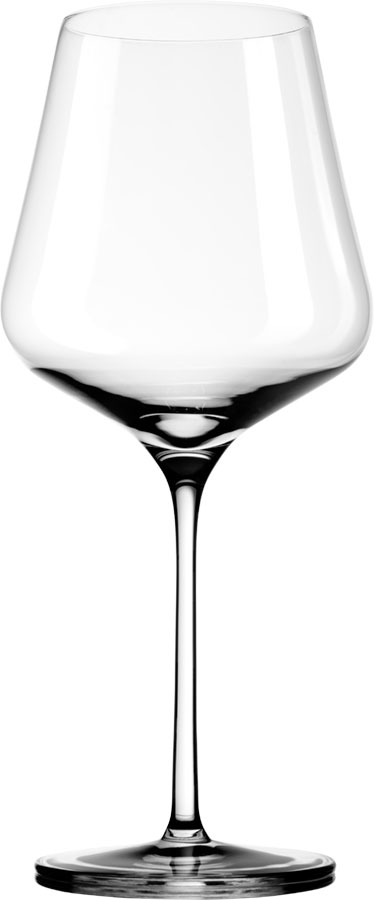
Bordeaux
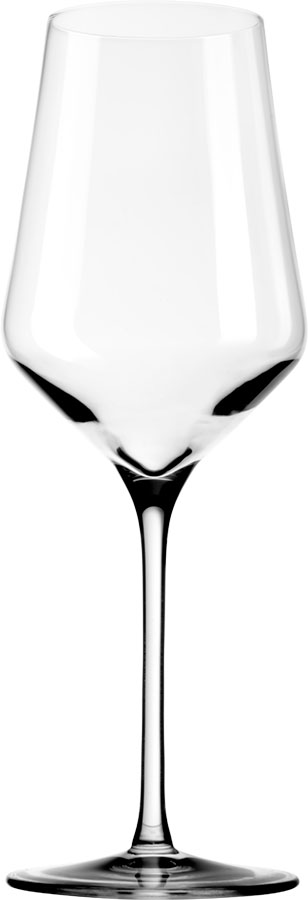
Sauvignon Blanc
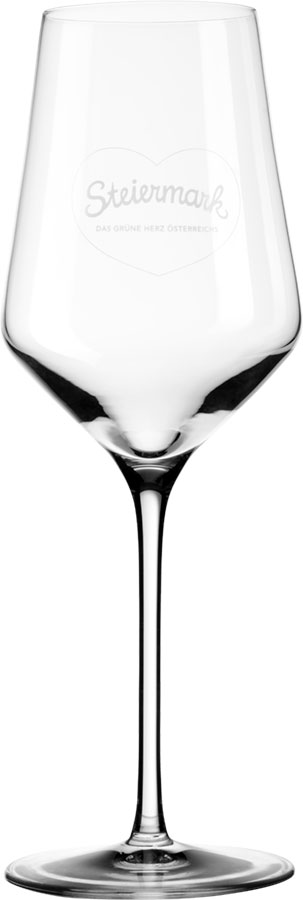
Steiermark glass
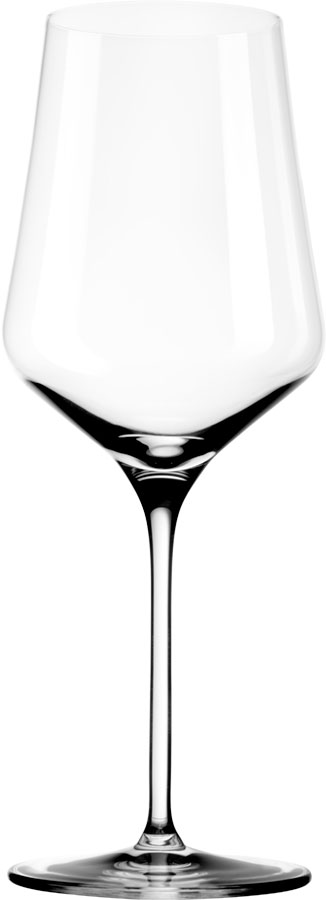
Universal
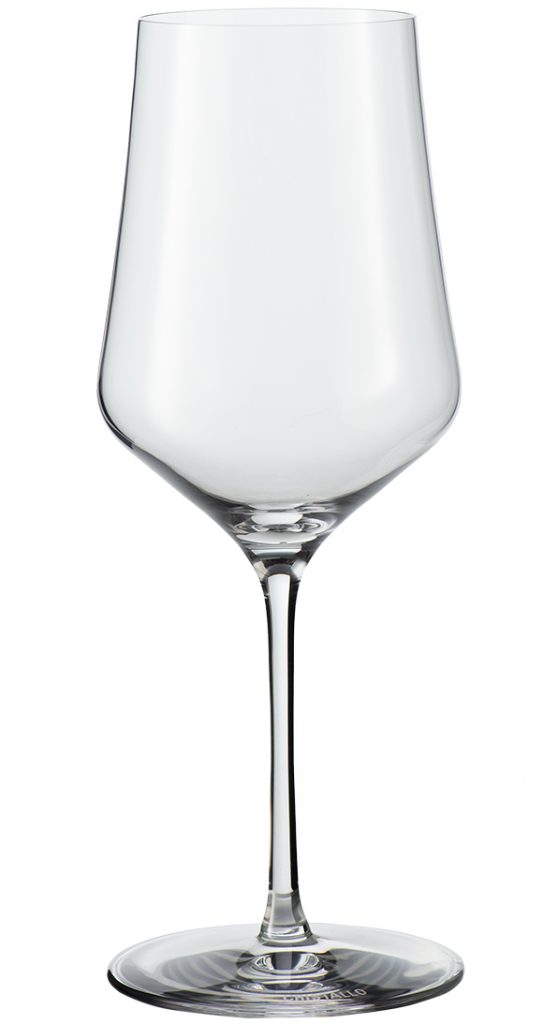
Universal Catering
Mio - show all
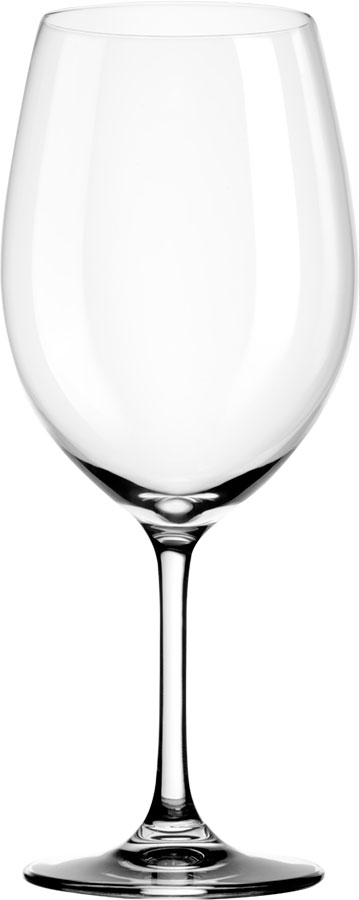
Bordeaux
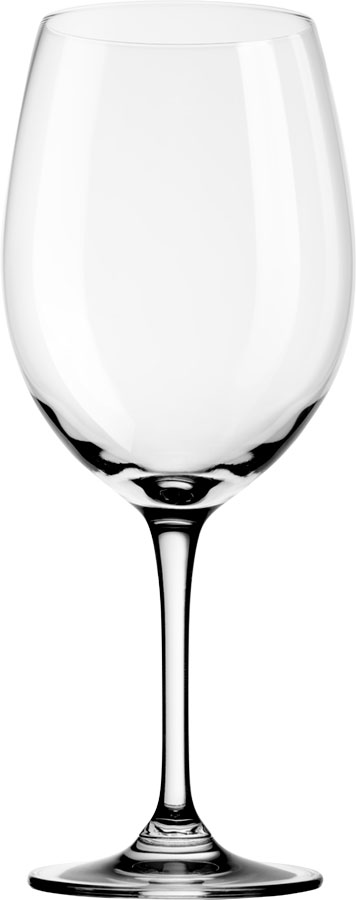
Catering Red

Catering White
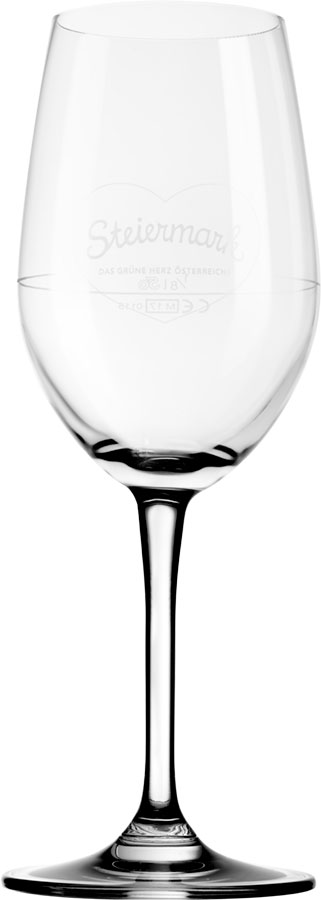
Catering White Styria
Masterclass - show all

Bordeaux
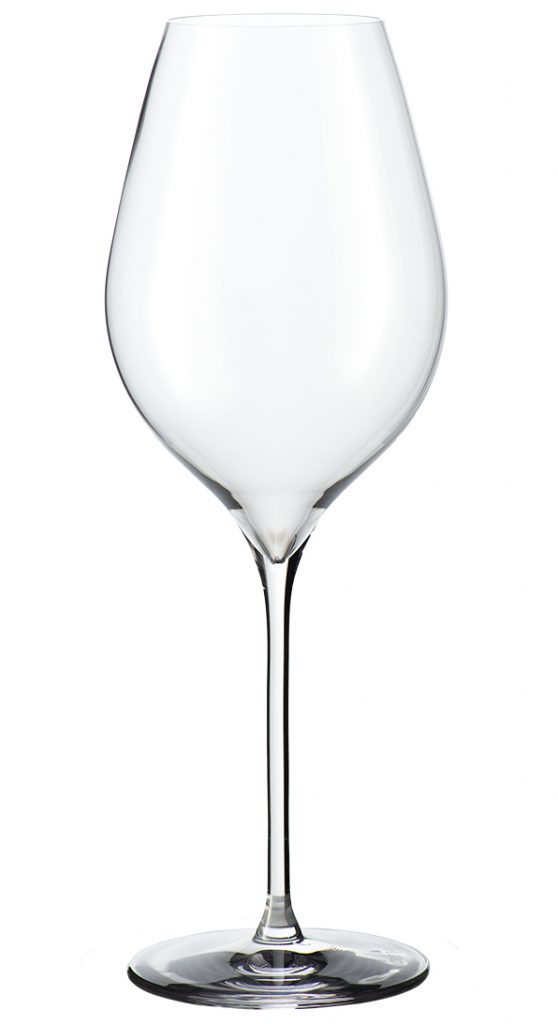
Universal
Grazile Handmade - show all
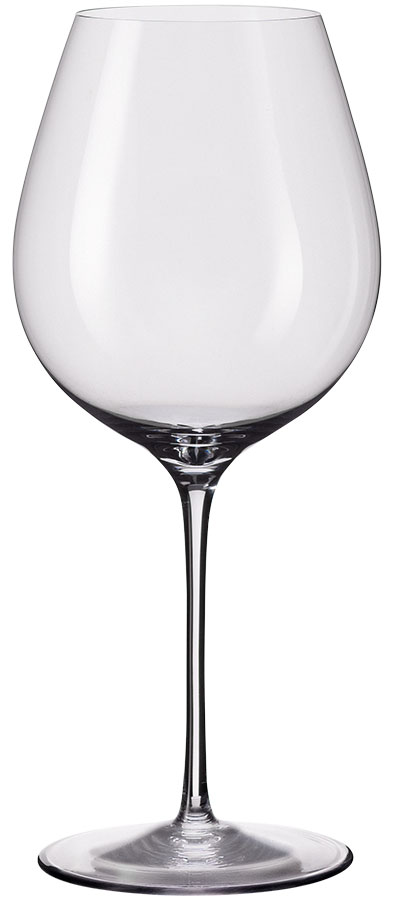
Burgundy
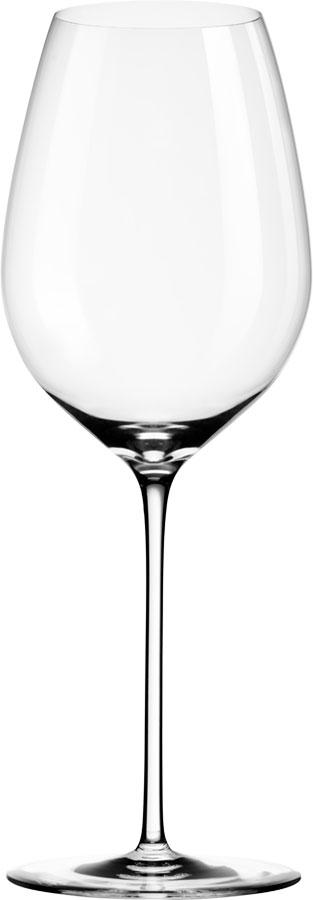
Universal
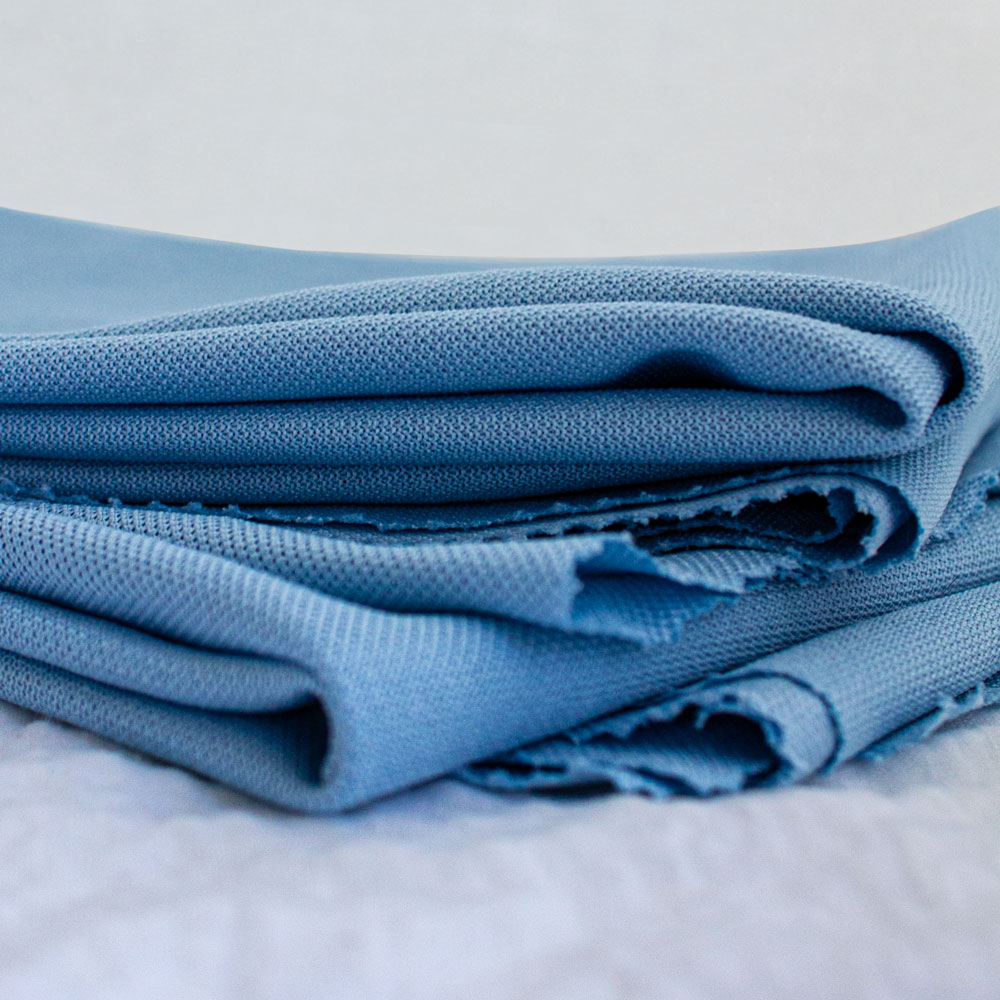
Premium Glass Cloth – Allrounder

Premium Glass Cloth – Cristallo
HANDLING TIPS
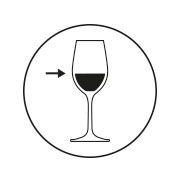
(1) Filling a glass correctly
In order to ensure that the bouquet unfolds properly, wine glasses must never be filled above the widest point of the bowl. This means that there is always enough air in the glass and the aroma can blossom. Moreover, an overly filled wine glass is difficult to balance on the stem. A good rule of thumb is: fill small glasses up to a third at the most; just up to a quarter in larger glasses.

(2) The right wine glass
Today, there is a perfect glass for every wine. Different wine glasses may resemble one another visually – goblets with a stem made from colourless and uncut glass – but they differ clearly in size and shape. The white wine glass is generally somewhat smaller. This ensures that the glass can be emptied quickly and that the wine remains pleasantly cool. Red wine glasses, on the other hand, should be considerably bigger so that the aroma can develop better and that the liquid can retain its temperature. In addition to this rough division by wine colour, there are also particular sub-categories whose special glass shape ensures that the wine stimulates the right taste regions on the tongue. So you see: choosing the right wine glass is essential for optimum wine pleasure.

(3) Proper maintenance for wine glasses
Every wine glass ages and is susceptible to corrosion. Alkali ions are washed from the glass surface and wine glasses may become dull after a time. Although special processes are used in wine glass production in order to delay this process for as long as possible, one should still observe special maintenance measures in order to help counteract this corrosion. As soft water encourages the corrosion process, it is best to avoid washing-up liquid as far as possible when cleaning. Ideally, the wine glass should be rinsed shortly after use to prevent residue from drying. This means that washing by hand is actually easier, and hardly any washing-up liquid is needed. The water should always be warm. It is also advisable to work on the bowl and stem separately. Existing residue will permanently impair the wine’s flavour. If at any time you consider using a dishwasher, set the water hardness between three and eight, and add a higher dose of clear rinse aid. A wine glass should under no circumstances touch its neighbour. Last but not least, high water temperatures should be avoided (maximum 55°C). Using these tips, you will be able to enjoy your wine glasses for a long time to come.


